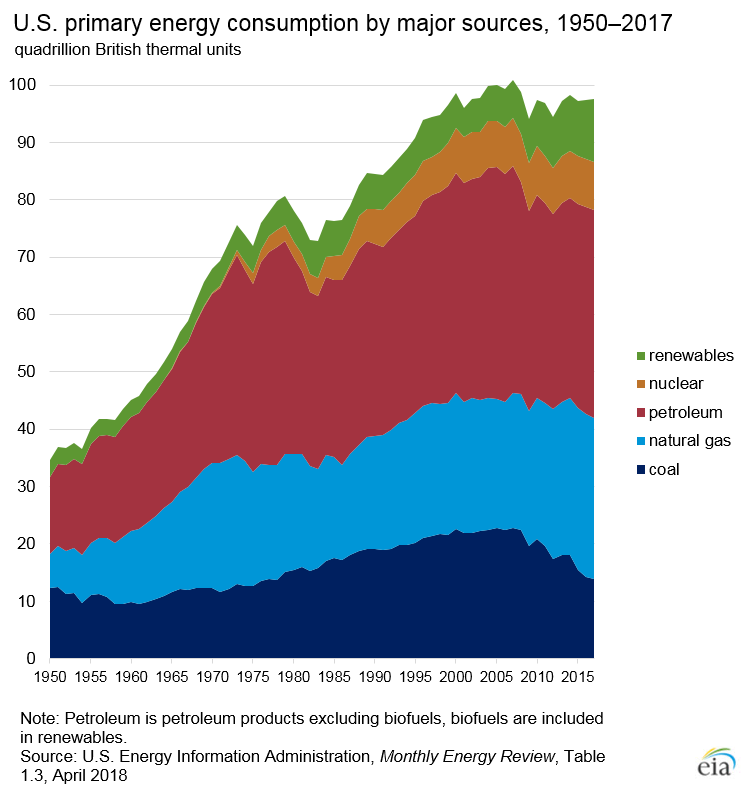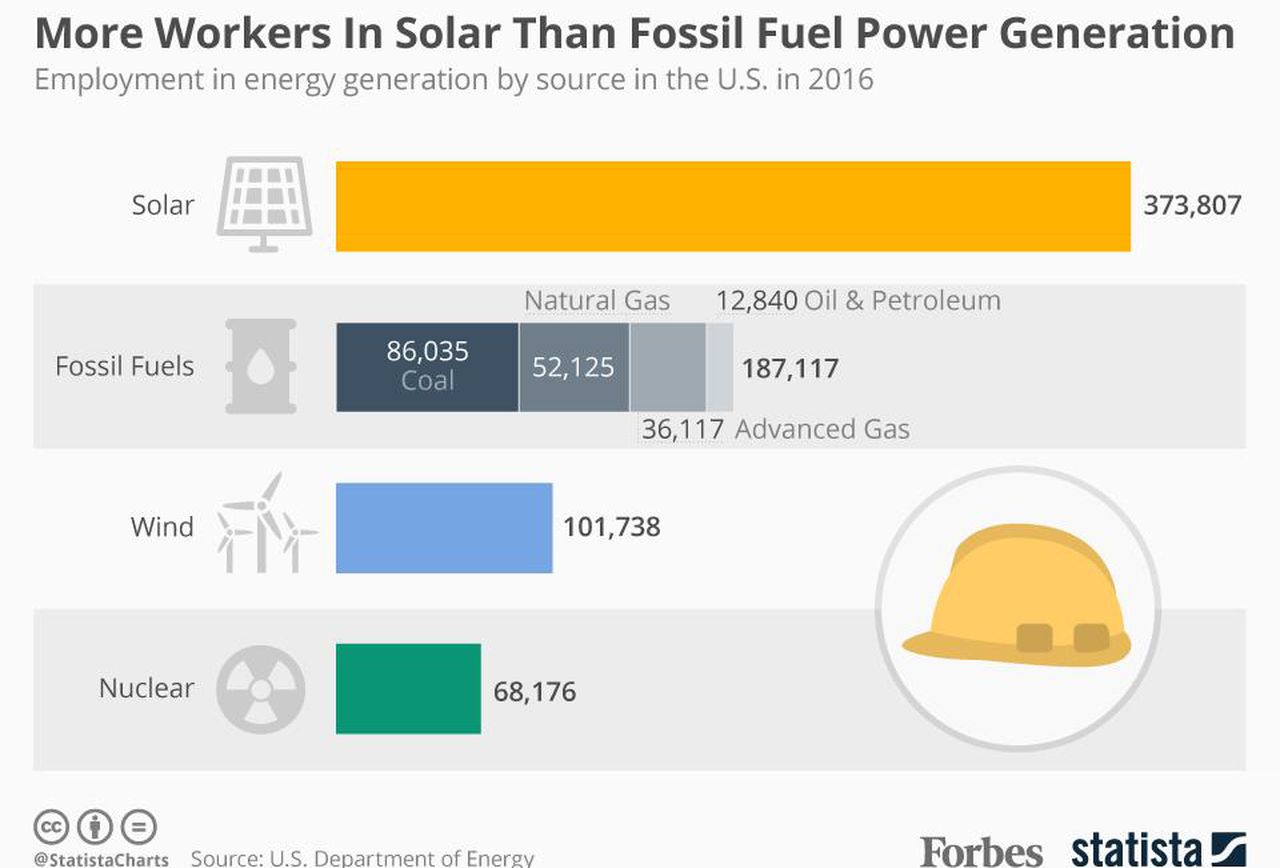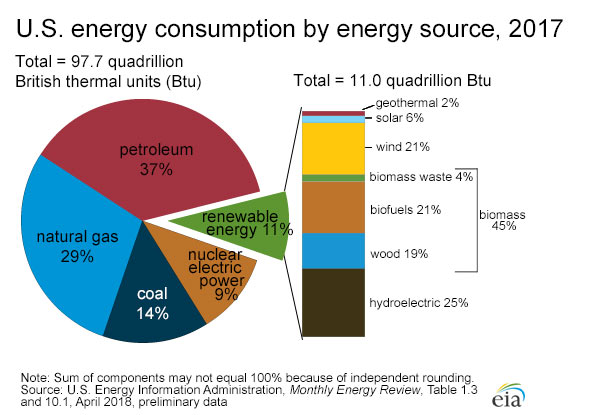EARTH
COAL COUNTRY
Vintondale, Pennsylvania is a community built on black rock. Located in the heart of Appalachia, this is coal country—a name that now evokes bittersweet nostalgia among the town’s older citizens. Because during its heyday from the late 19th century through World War II, coal mining was the foundation of the town’s economy.
In this segment of THE HUMAN ELEMENT, we see narrator James Balog’s roots running deep in coal country. “I don’t think there is any question that my interest in Earth material and matter came out of this heritage,” he says.
His grandfather, Michael, worked as a cutter in Vintondale Mine Number 6. With an enormous chainsaw-like machine, he would slice a cut through the bottom of a coal seam. Then other members of his crew would drill holes, load them with dynamite, and blow out the rock face. One day, though, when Michael was working on the face of a coal seam, the roof of the tunnel collapsed and a rock hit him on the side of the head. The concussion killed him.
“The mine gave and it took away as well,” says James’ father, who was a freshman in college when his father died. “I knew those two things were related, and I knew that my father’s sacrifice was for me and for my siblings. We all drew strength and opportunity from that goddamn hole in the mountain.”
There’s no small irony in the fact that James Balog, one of America’s leading environmental photographers, concedes coal as the source that sustained his family and ultimately provided otherwise unreachable opportunities for him and his siblings. For all intents and purposes, our switch away from coal is a good thing. But coal’s absence is not without consequence for many people in coal mining country.
MINING FOR ENERGY
Coal, like floppy discs and fax machines, was once ubiquitous. As writer Barbara Freese points out in the film, “Coal gave us the steam engine, it gave us the railway, it gave us the iron to make those things, and then it gave us the energy to move them.” But today, technology and financial markets are moving on.
For hundreds of years, our quest for coal reshaped the natural landscape. To get it, miners removed the tops of mountains or tunneled into the Earth.
Unfortunately, coal is the dirtiest fuel source in the world. For every gram of carbon burnt, coal produces nearly four grams of CO2. Coal plants are responsible for 42 percent of U.S. mercury emissions and much of today’s atmospheric warming.
In the United States of the 21st century, burning coal satisfies roughly 30 percent of electricity demand (down from almost half the supply at its peak in the mid-20th century). Today, only 18 states generate the majority of their electricity from coal (down from 28 states in 2007). The decline in coal as a fuel has been offset by using more natural gas, wind, and solar energy sources. Buildings and machines have also become significantly more energy-efficient, helping reduce demand without any decline in economic growth or material comfort for people.
Though not as polluting as coal, oil and gas use also has had severe consequences for the global climate. Those two fuels are, like coal, the organic remains of ancient animals and plants rotting and decomposing deep inside the Earth. Burning natural gas emits about half the CO2 of coal, but drilling, fracking, and burning natural gas releases methane—a greenhouse gas about 34 times stronger than CO2 when it comes to trapping heat in our atmosphere.
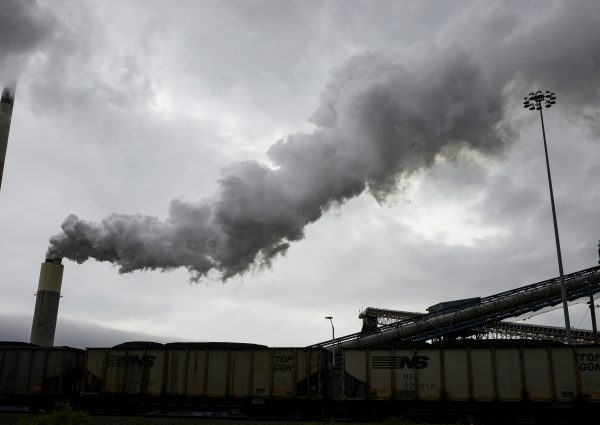
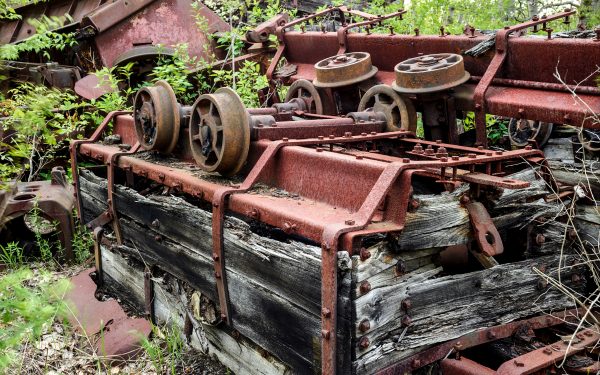

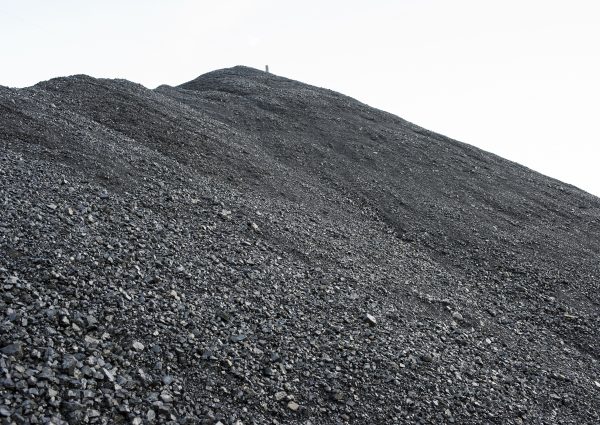
COAL AND THE HUMAN ELEMENT
Coal allowed us to build our nation through the sacrifices of the men who worked in the mines. It provided a stable income—enough to raise a family—for those who toiled long days in the black soot. But due to more efficient and automated machinery in the mines, the move of many electric power plants toward burning natural gas, and renewable energy like wind and solar becoming price competitive, coal jobs have been steadily disappearing.
“Coal will not carry the Appalachian economy for the next 100 years,” says Andrew Scott, mayor of Coal Run, Kentucky, deep in the heart of eastern Kentucky’s Appalachia.
This economically depressed region is now in dire need of an alternative.
In Pike County, in the far eastern part of the state where mines are closing down, Ryan Johns and Adam Edelen say the most promising way to economically revive the region is to invest in an unlikely ally—solar power.
“Growing up in the area, coal was part of every fabric of your life,” says Johns, Vice President at Berkeley Energy Group, a coal company. But he knows they can’t fix the future by looking to the past.
That’s why he and his friend Adam Edelen, founder of Edelen Ventures, are on a mission to convince Appalachia that renewables aren’t the enemy—they’re the opportunity.
Just under 374,000 people were employed in solar energy in 2016 in the United States—more than oil, coal, and gas combined. To Johns and Edelen, there’s no reason why some of those jobs shouldn’t come to Pike County. The innovative duo are working to transform a reclaimed mountaintop removal mine site into a 100-megawatt solar facility, enough energy to power 90,000 homes and the first large-scale solar array in Appalachia.
“Ryan and I joke that if we had proposed this a few years ago we would have been run out of town on a rail,” says Edelen. “But people know that the economy is changing, and they know that they have got to change with it in order to benefit from it.”

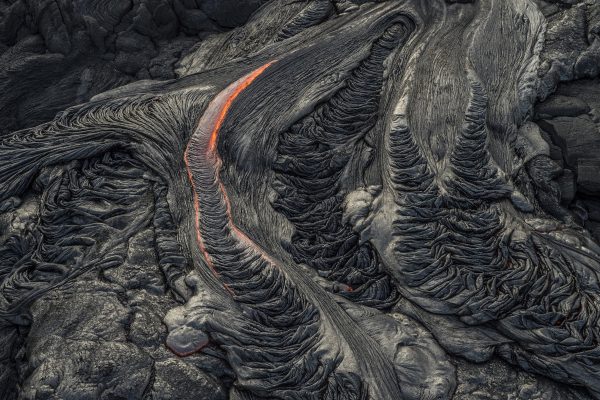
QUICK FACTS
- Coal provided more than half of our nation’s electricity in the 1990s, but since the mid-2000s it’s been on a downward spiral.
- In the United States today, roughly 30 percent of all electricity comes from coal.
- In 2016, Americans generated more electricity from natural gas than coal for the first time ever.
- Burning 2,000 pounds of coal generates about 5,720 pounds of carbon dioxide.
- Just under 374,000 people were employed in solar energy in 2016 in the United States, more than coal, natural gas, and petroleum jobs combined.
- China is the world’s biggest carbon polluter in terms of total nationwide emissions. The U.S. is the biggest polluter per person.
- China more than tripled its coal burning between 2000 and 2013, in spite of claiming that it intends to shift its economy toward clean power. As of 2016, China accounts for 50 percent of the world’s coal consumption.
Resources
Fossil fuels heat climate dramatically
What is U.S. electricity generation by energy source?
Coal is the most-used electricity generation source in 18 states; natural gas in 16
Climate Change 2013: The Physical Science Basis
Electricity in the United States is produced with diverse energy sources and technologies
Carbon Dioxide Emission Factors for Coal
US Energy and Employment Report

